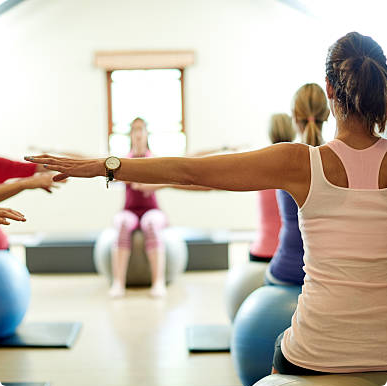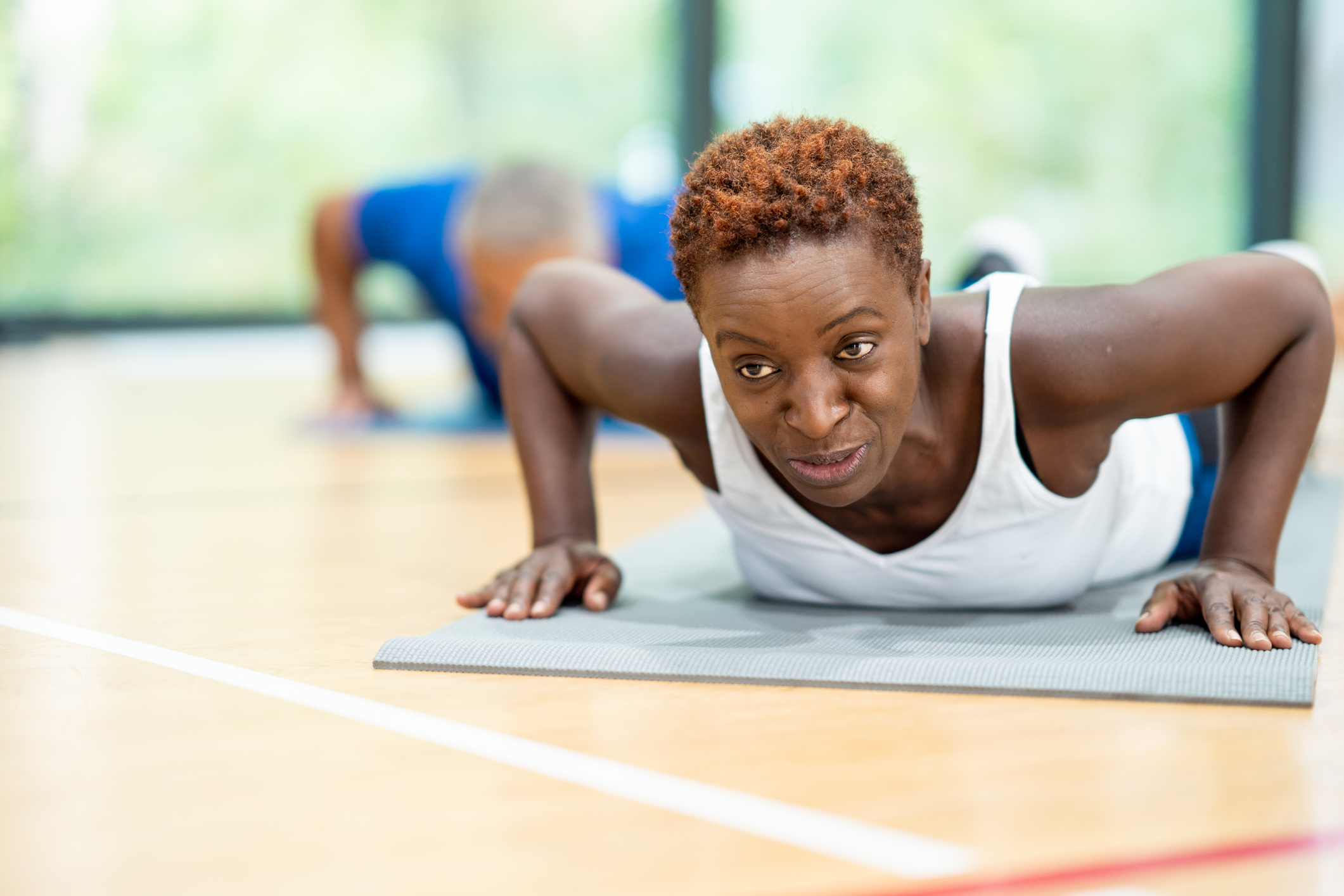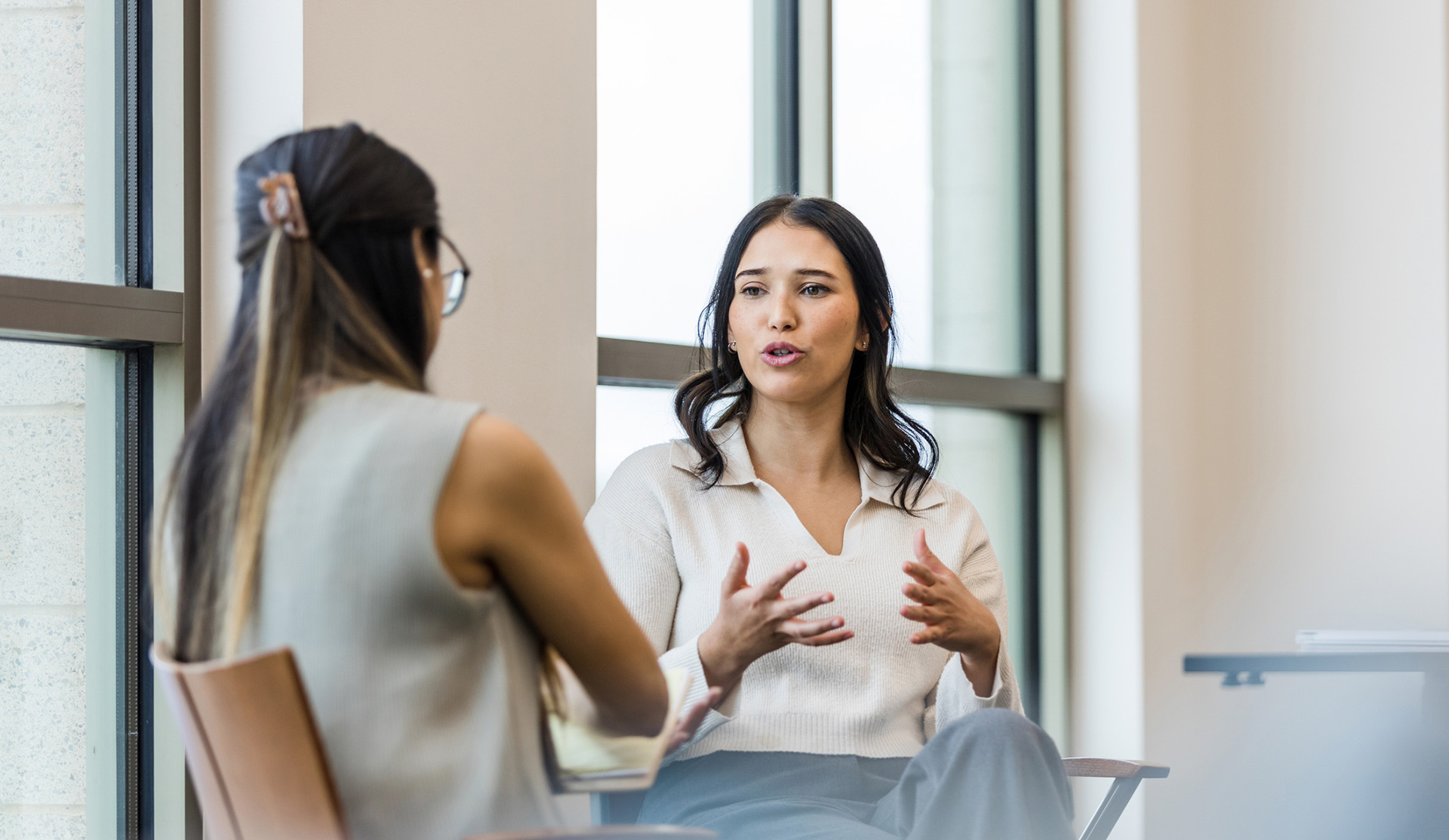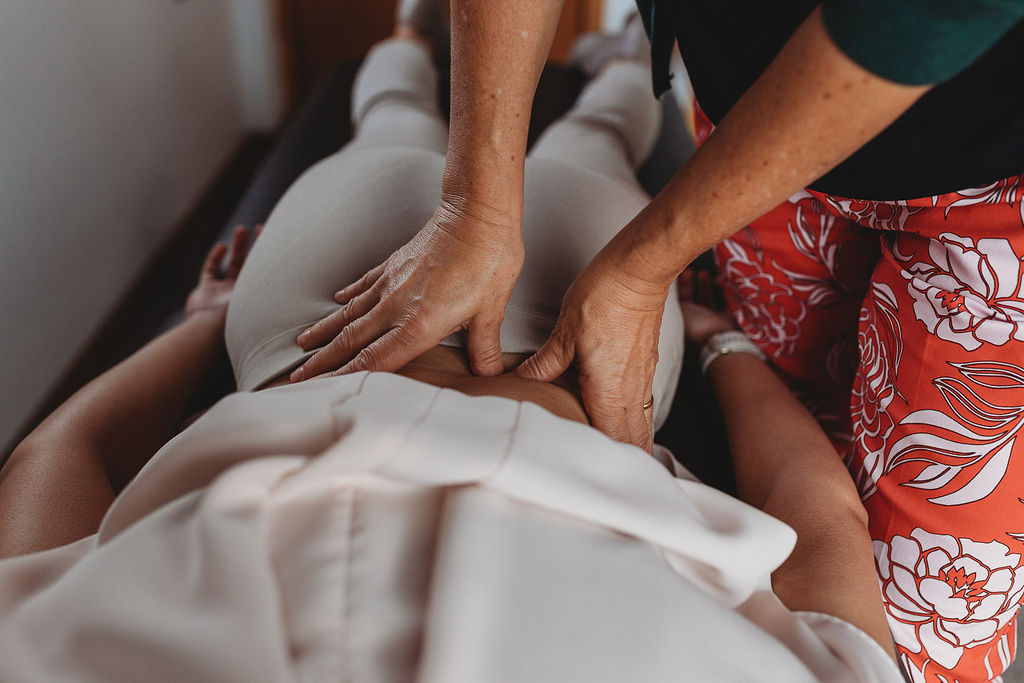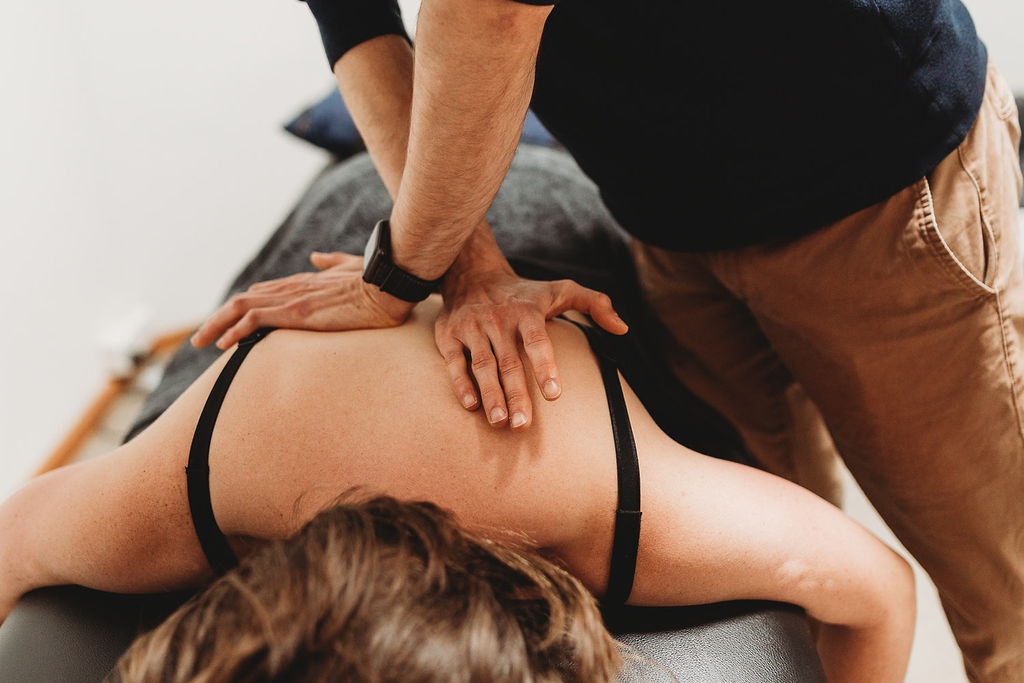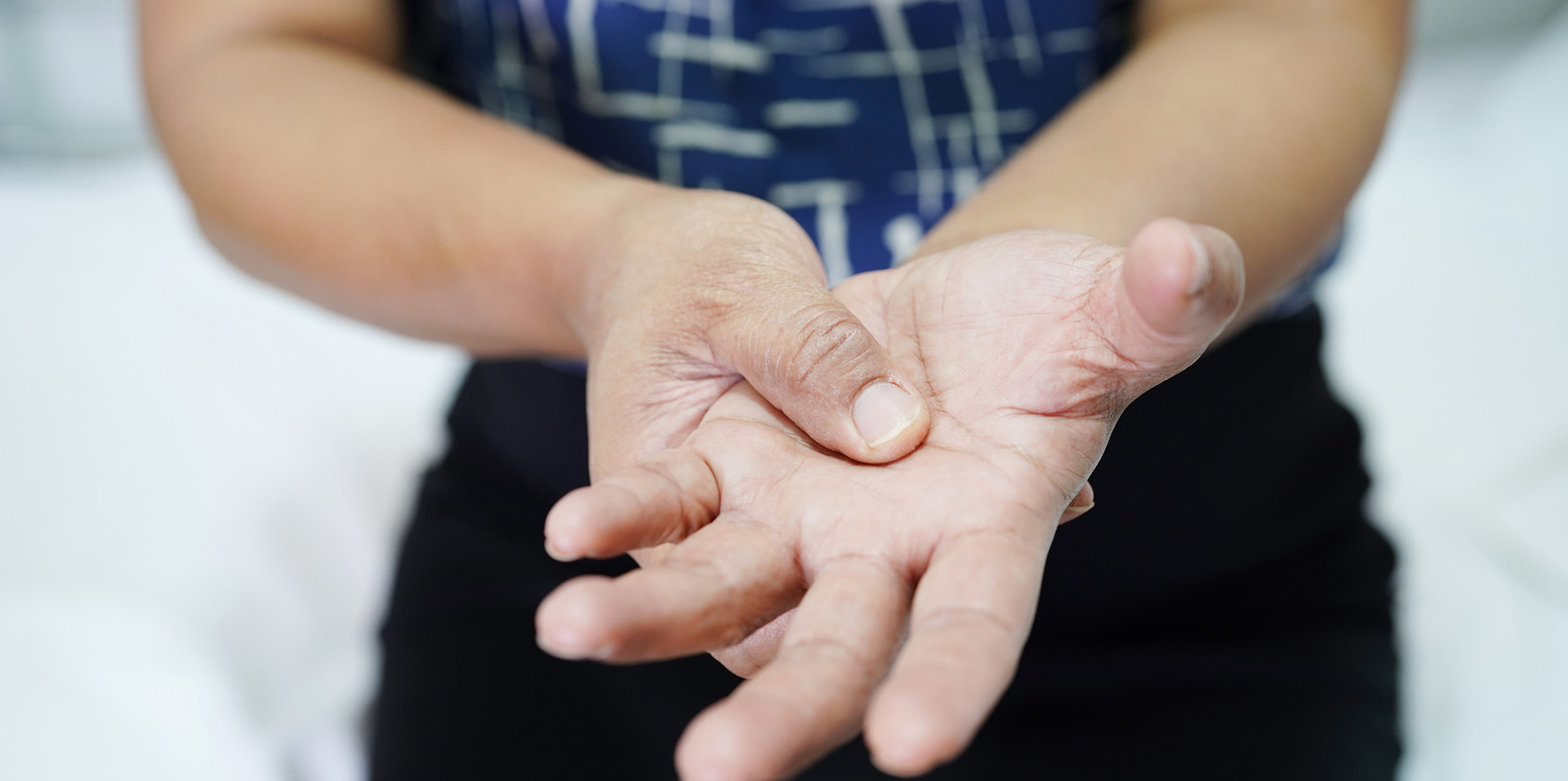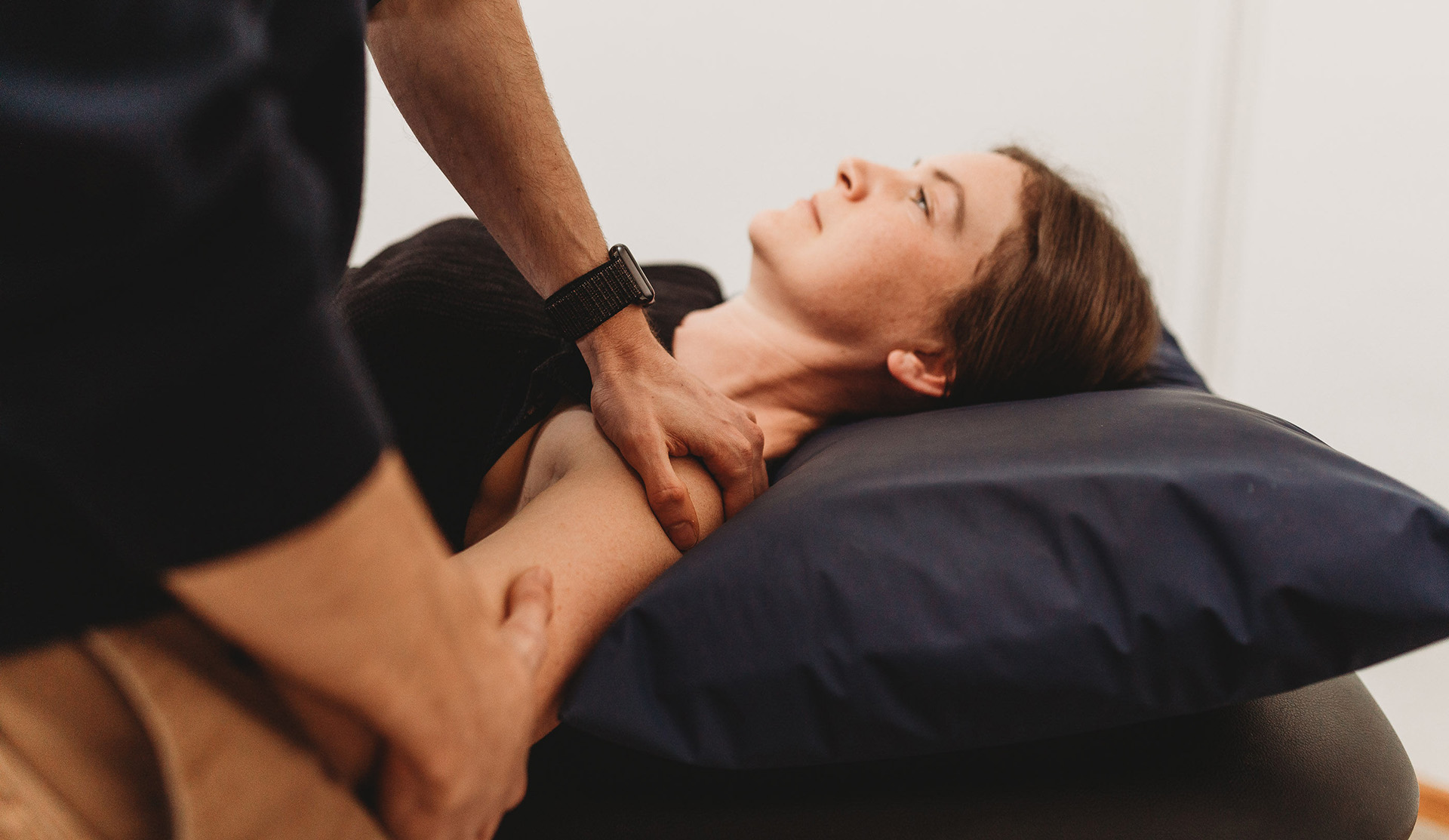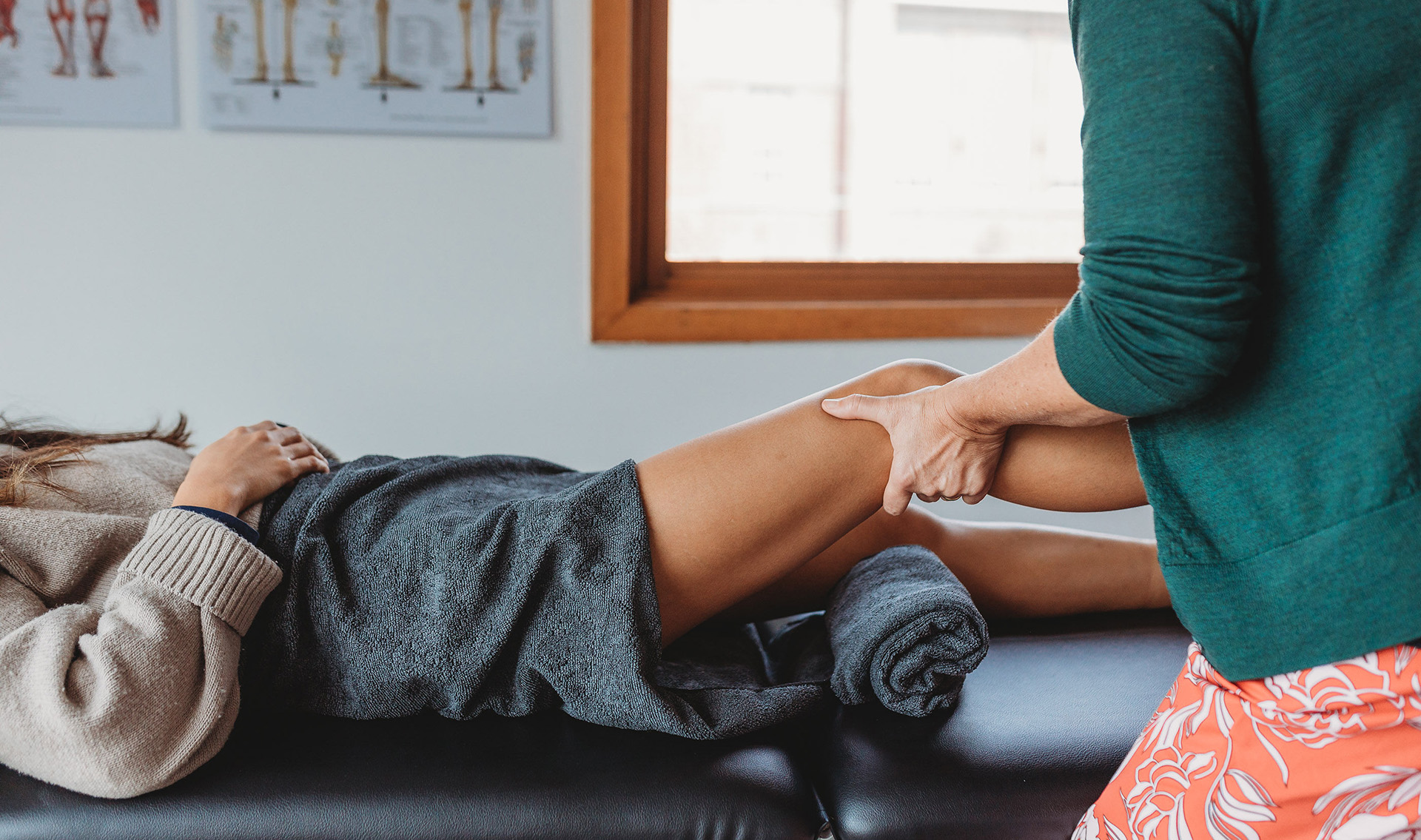Sleep, pain and activity
The relationship between Sleep, Pain, and Physical Activity
Pain, sleep, and exercise are three important components of our health that are closely connected, and understanding the relationships between them can help us improve our overall health.
Sleep and Physical Activity:
Sleep and exercise have a close relationship with regular physical activity being shown to improve sleep quality and help individuals fall asleep faster and stay asleep longer. On the other hand, lack of sleep can negatively impact physical performance, making it harder to engage in physical activity and reducing likelihood of individuals engaging in exercise (Dolezal et al, 2017).
Sleep and Pain:
Sleep is critical for our bodies to recover from daily functions and activities . The link between sleep and pain is not fully understood, but lack of sleep can lead to an increase in inflammation, which can increase sensitivity to pain. However, research has shown that adequate sleep can also help reduce inflammation, pain intensity and therefore improve sleep quality, creating a positive cycle (Dzierzewski et al, 2020).
Physical Activity and Pain:
Physical activity is a crucial component of good health and has been shown to have positive impacts on well-being, both physical and mental. Regular exercise can help reduce pain levels and improve overall function, partly by reducing systemic inflammation (Suzuki et al, 2019).
Health and Wellbeing
The bidirectional relationship between these sleep, pain and physical activity offers many opportunities for improvement in our overall health. This insight means we can indirectly impact one area of our health (e.g. pain or sleep) by focusing on another factor (e.g. physical activity).
Physiotherapy can play an important role in helping individuals improve their health. Physiotherapists can provide individuals with personalised exercise plans, pain management techniques, and sleep advice to help improve overall health and wellbeing.
AARON WILLISON
Aaron came into physiotherapy from a background in sleep science and psychological research .
AARON WILLISON
Bachelor of Science (Psychology and Psychophysiology)
Bachelor of Psychology (Honours)
Doctor of Physiotherapy
Keeping exercise safe in pregnancy
All women with uncomplicated pregnancies should be encouraged to engage in aerobic and strength-conditioning exercises before, during and after pregnancy. You should continue to follow the guidelines for adults, and add pelvic floor exercises. You might need to modify your exercises as your body changes during pregnancy.
Recommendations:
If you and your baby are healthy, you should aim to meet:
– A session of moderate-intensity exercise on all or most days of the week (totalling 150 minutes)
– Muscle strengthening activities at least 2 days each week
– Pelvic floor exercises daily
If you have no exercised before we recommend building up slowly. Start with low impact exercise such as walking, swimming or stationary cycling.
Safe activities in pregnancy:
- Walking
- Swimming
- Stationary bike
- Low impact aerobics
- Modified Pilates
- Modified Yoga
- Running or jogging
- Resistance or body weight strength training
Things to avoid:
- Sports or activities where there is a high risk of bumping your bump, or falling, such as: netball, football, basketball, skiing, horse riding.
- Activities where you may overheat such as hot yoga or pilates, or a spa.
- Anything that gives you pain or discomfort.
Intensity:
In pregnancy your heart rate is an unreliable indicator of exercise intensity. We recommend using the “talk test, which is working at an intensity where you can hold a conversation.
Warning signs to stop exercise:
- Vaginal bleeding
- Dizziness or headaches
- Excessive pain or discomfort
- Nausea or vomiting
- Decreased movement of your baby
Our very experienced and passionate pelvic physios can help you with your health and fitness, and preparation for delivery. They can guide you through your pregnancy for all matters regarding pelvic floor, core and exercise.
For more information: DHS https://www.health.gov.au/health-topics/physical-activity-and-exercise/pregnancy
7 great reasons to start Pilates
7 benefits of Clinical Pilates:
- Improved body awareness and control
- Improved posture, core strength, power and flexibility
- Improved function and fitness
- Reduced Pain
- Boost to the Immune system and Respiratory system efficiency
- Improved concentration and reduced stress levels
- Reduced risk of injury
What is Clinical Pilates ?
Clinical Pilates focuses on improving flexibility, strength, tone and improves joint health and body awareness, utilising controlled movements. Joseph Pilates created the holistic exercise form in the 1920’s for dance rehab and soldiers returning from war.
Targeting specific areas of the body, while addressing the whole, Pilates helps to recruit the deep core muscles that can become inactive or difficult to engage. Pilates can be performed with or without equipment and is targeted to specific needs, and health-related conditions. Catering to all ages or fitness levels, Pilates is a sustainable practise that serves you well in all walks of life. Pilates may look simple but don’t be fooled, it can certainly pack a punch.
Our team focuses on tailored retraining to meet your goals, giving you an understanding of your body. Your pathway to Clinical Pilates starts with a 1:1 assessment by a physio, providing you with a program to YOUR specific needs. You can then choose to continue with a Private session or into a boutique group of 4. Pilates is perfect for post natal rehab and we love running regular mums and bubs classes
5 tips to help your glute pain
If you suffer with lateral (on the side) hip pain which is worst at night, painful when you wake up in the morning and gets worse with activity such as climbing stairs, you might have gluteal tendinopathy.
Gluteal tendinopathy is common in females, and can occur with hormonal changes including pregnancy. Weight gain and overload due to an increase in activity levels can also be contributing factors.
Here are some simple modifications in your lifestyle that can reduce pain, allowing you to be able to do the exercises that your physio has given you.
- Avoid crossing your legs in sitting, standing or lying positions
- Avoid lying on the painful side
- Place a pillow between your knees when lying on the other side
- Avoid passively leaning your weight on one leg while standing
Fortunately, we now know that education and exercise can help!
If you are suffering with lateral hip pain, pop into your physio for a correct diagnosis and advice and exercises to get you back on track.
reference
Mellor, R., Bennell, K., Grimaldi, A., Nicolson, P., Kasza, J., Hodges, P., Wajswelner, H. and Vicenzino, B., 2018. Education plus exercise versus corticosteroid injection use versus a wait and see approach on global outcome and pain from gluteal tendinopathy: prospective, single blinded, randomised clinical trial. bmj, 361, p.k1662.
March being Endometriosis Awareness month - let’s talk about Endo!
The condition of Endometriosis (Endo for short) is when there is tissue similar to endometrial lining (tissue inside your uterus that is responsible for period bleed) is found outside of the uterus. This tissue is sometimes referred to as adhesions by some doctors, and can be found in or around other organs like the bladder and bowel.
The gold standard for diagnosis of Endo is by doing an investigative laparoscopy. The surgeon specialist would have a strong suspicion of the condition based on the patient’s presenting symptoms, and would then do a keyhole procedure to search for Endo tissue in the abdomen or pelvic cavity to confirm the diagnosis. However, with advanced technology nowadays, it can be possible for a few expertly-trained sonographers to observe presence of Endo tissue using a special, very high-resolution ultrasound technology.
Endo might present differently for different people. But some common symptoms include:
- extremely painful and heavy periods,
- irregular period cycles
- diffuse pains and aches in the abdomen, pelvis, lower back and legs. Pain can be worse during ovulation, and/or leading up to periods, and/or during periods
- bladder and/or bowel dysfunction,
- pain with sex,
- extreme fatigue,
- difficulties with fertility and conception
But it is known that Endo can also present with no symptoms at all in some people.
Physiotherapy is often a large portion of Endometriosis treatment and involves:
- manual therapy for addressing musculoskeletal factors contributing to symptoms,
- optimizing pelvic floor muscle function,
- understanding of pain mechanisms and developing effective pain management strategies,
- bladder management and retraining,
- bowel management and retraining,
- sexual function optimization
Adriane Khabulyuk, Physiotherapist
Call 9089 6666 to speak with one of our pelvic health physiotherapists or book a consult.
Tens for pain relief
Have you ever considered using a TENS machine for pain relief? TENS stands for transcutaneous electrical nerve stimulation and the technology has been around for for years. There is a common misconception that TENS machines “block pain going to the brain” however this theory has been disproven. TENS can however be a very effective method of pain relief, but we now know that all pain is created in the brain, therefore the machine works in a different way. Pain is the brain’s protective response to real or perceived threat, so pain is NOT actually sent TO the brain.
TENS machines may help distract, may help descending inhibition, it may be placebo, it may encourage endogenous opiates, it may do nothing at all, or may help activate the large diameter nerve fibres. If it helps reduce pain, or even if you think it helps your pain, go with it!
I often encourage the use of TENS during labour for a non-medical pain relief option. It does not work for everybody, but it is harmless and can be very effective. There are devices on the market these days that use TENS technology to help reduce period pain. Talk to your physio to see if using TENS would be a good option in addition to your physio program to help relieve pelvic pain and/or period pain.
If you are interested to learn more about the science of pain then read the book “Explain Pain” created by the NOI group. You can borrow this book from our clinic and one of our physiotherapists Brendan Haslam is part of the team at NOI.
Rosie Purdue
Rosie is part of our pelvic health physio team and she has a special interest in pre and postnatal exercise. She has combined her interests by completing post graduate qualifications in both Pelvic Floor and Continence Physiotherapy and Sports Medicine. Rosie is Mum to 3 year old Emilia and welcoming a second baby this Easter
5 handy tips for that acute back pain
It’s 5-5 in the 4th set of the tennis and you’re glued to the tv. With such high-quality play you couldn’t possibly get up from the couch. But after the match finally ends, you notice you are a little stiff and sore in the back. When you wake up the next day, the back is definitely worse. Acute back pain can start in this fashion, with a fairly innocuous history. With any back pain, there are a few important things to remember:
· Back pain is really common and shouldn’t be something to be afraid of. Almost 4/10 adults are estimated to have had some back pain over a twelve month period (Hartvigsen, 2018).
· Most back pain settles significantly within 6 weeks (Hartvigsen, 2018) often sooner.
· Exercise (when coupled with advice) is effective at managing acute back pain (Foster, 2018)
With this in mind, here are 5 practical tips to help you out when your back does get sore:
1) Keep moving- this is the best thing that you can do for your back pain. It might mean a little bit of walking, some lying on your back/side, some sitting or some standing. Mix things up. This allows your joints and muscles to stay mobile and stops your muscles losing strength.
2) Pain medication won’t ‘fix the problem’ but it may help you keep moving and might help you to sleep better. Anti-inflammatory medications are typically more effective than paracetamol (panadol) in acute back pain. Talk to your doctor or pharmacist to see if these are right for you.
3) Getting out of bed can often be painful with a sore back. Try rolling onto your side and using your legs as a counterweight, as per the pictures below, to see if this is more comfortable for you.
4) Experiment with painful positions to see if you can make them more comfortable. A rolled up towel behind your back when sitting, sitting further forward/back in a chair, bending your knees when lying on your back/your side or rolling your hips forward/back when standing might all be helpful.
5) Heat (either with a heat pack or a hot shower) can often be useful to help reduce the protective spasm of muscles in the back. Try applying heat for 20 minutes, every few hours across the day to see if it might be helpful for you. If it is, keep it up!

If you’ve tried these tips and you’re still sore, or you want to try and get back on track faster (pardon the pun), come in and see one of the physiotherapists at Clifton Hill Physio to help give you some specific advice about what to do for your back pain.
Matt Blanckensee, Physiotherapist
References:
Foster, N. E., Anema, J. R., Cherkin, D., Chou, R., Cohen, S. P., Gross, D. P., . . . Woolf, A. (2018). Prevention and treatment of low back pain: Evidence, challenges, and promising directions. The Lancet, 391(10137), 2368-2383. doi:http://dx.doi.org/10.1016/S0140-6736(18)30489-6
Hartvigsen, J., Hancock, M. J., Kongsted, A., Louw, Q., Ferreira, M. L., Genevay, S., . . . Woolf, A. (2018). What low back pain is and why we need to pay attention. The Lancet, 391(10137), 2356-2367. doi:http://dx.doi.org/10.1016/S0140-6736(18)30480-X
De Quervain's Tenosynovitis (Mummy's thumb)
- Activity modification (avoiding things that stir it up and modify wrist positions)
- Tailored exercises for the thumb tendons and upper limb
- Massage and other techniques to offload the thumb tendon
- Splinting can help
'Frozen’ Shoulder (Adhesive Capsulitis)
As Santa has now left the North Pole, we thought we’d give a snapshot on a commonly discussed but rarely understood condition that is Frozen Shoulder or Adhesive Capsulitis
What is it? :
Immune response (essentially the body’s defence system attacking itself) that triggers an initial period of inflammation in the shoulder (particularly the ligament in red) and changes in the cells within (Rangan, 2020). Increased cells are created, reducing space and stretch in the tissue- imagine filling up all the holes in a waffle.
Why does it happen? :
Can occur without cause or be associated with an initial period of immobilisation caused by injury or disuse, older age . Contributing factors include cardiovascular disease, type two diabetes, thyroid disease, depression and increased stress which all contribute to the triggering immune response above (Gibson, 2020).
What do I do about it? :
Recent research suggests the concept of phases that involve stiffening (freezing) followed by gradual loosening (thawing) may be outdated and less well defined than previously thought (Wong, 2017). It also indicates that the greatest improvement occurs earlier rather than later. Because of this, waiting for a natural improvement with time (1-4 years) may not be the best approach as it doesn’t always occur. For this reason, there’s no reason to delay getting moving and physiotherapy, involving strengthening and flexibility exercises for the shoulder, has been shown to be effective in the long term (Rangan, 2020).
References
Gibson, Jo. Physio Edge Podcast 2020
Rangan, A., Brealey, S. D., Keding, A., Corbacho, B., Northgraves, M., Kottam, L., Goodchild, L., Srikesavan, C., Rex, S., Charalambous, C. P., Hanchard, N., Armstrong, A., Brooksbank, A., Carr, A., Cooper, C., Dias, J. J., Donnelly, I., Hewitt, C., Lamb, S. E., McDaid, C., … UK FROST Study Group (2020). Management of adults with primary frozen shoulder in secondary care (UK FROST): a multicentre, pragmatic, three-arm, superiority randomised clinical trial. Lancet, 396(10256), 977–989.
Wong, C. K., Levine, W. N., Deo, K., Kesting, R. S., Mercer, E. A., Schram, G. A., & Strang, B. L. (2017). Natural history of frozen shoulder: fact or fiction? A systematic review. Physiotherapy, 103(1), 40–47.
Tom West's PhD: improving outcomes following ACL surgery
We were very privileged to view Tom West's very clever PhD confirmation this week. Tom is completing his PhD at La Trobe University's Sports and Exercise Medicine centre. His work is aiming to help people after having anterior cruciate ligament (ACL) reconstructive surgery of the knee. "In Australia we have some of the highest rates of ACL injury and the highest rates of surgery in the world and it's actually getting worse, so we have a real problem. A lot of young people are not recovering well after surgery, not getting back to sport and physical activity and we want to understand why and help them get back to the things they love".
Tom is working as part of a larger study called 'SUPER-knee' recruiting people after having ACL reconstruction. If you or anyone you know may need help after ACL reconstruction, follow the link for more information: http://semrc.blogs.latrobe.edu.au/superk/



